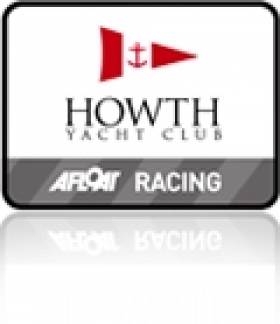Displaying items by tag: singlehanded dinghy
Howth Yacht Club's 37th Laser Frostbite starts in November
One of Ireland’s longest running dinghy frostbite series begins its 37th running on Sunday 6th November when Howth Yacht Club’s Laser Frostbite gets underway.
The Frostbite, which began in 1974, comprises a pre-Christmas and post-New Year series (starting January 8th), a New Year’s Day Race (to blow away the festive cobwebs) and finishing with the traditional Round the Island Race and prize-giving on March 11th.
First gun each day is 11.00am, with two short races of approximately 35 minutes duration. Courses are dedicated solely to the Laser Class with our own committee boat and support crews in the sheltered waters just to the West of Howth Harbour.
The end-of-series race round the island will also coincide with an ‘Inter-Club Masters’ Challenge’, introduced very successfully last year and which attracted sailors from Dun Laoghaire and Ballyholme.
The emphasis is on fun and camaraderie, with all standards welcomed. Former winners include Philip Watson and Gordon Maguire and standards are still high at the front of the fleet, with current No.1-ranked Laser sailor in Ireland, Ronan Cull, racing again this year.
The series has become famous for its welcome, with senior sailors always willing to coach and encourage newcomers, both ashore and on the water, and there is always lively banter in the bar afterwards.
Notice of Race and Online Entry are available on www.hyc.ie and there is a Facebook page for the event (Howth Laser Frostbites).























